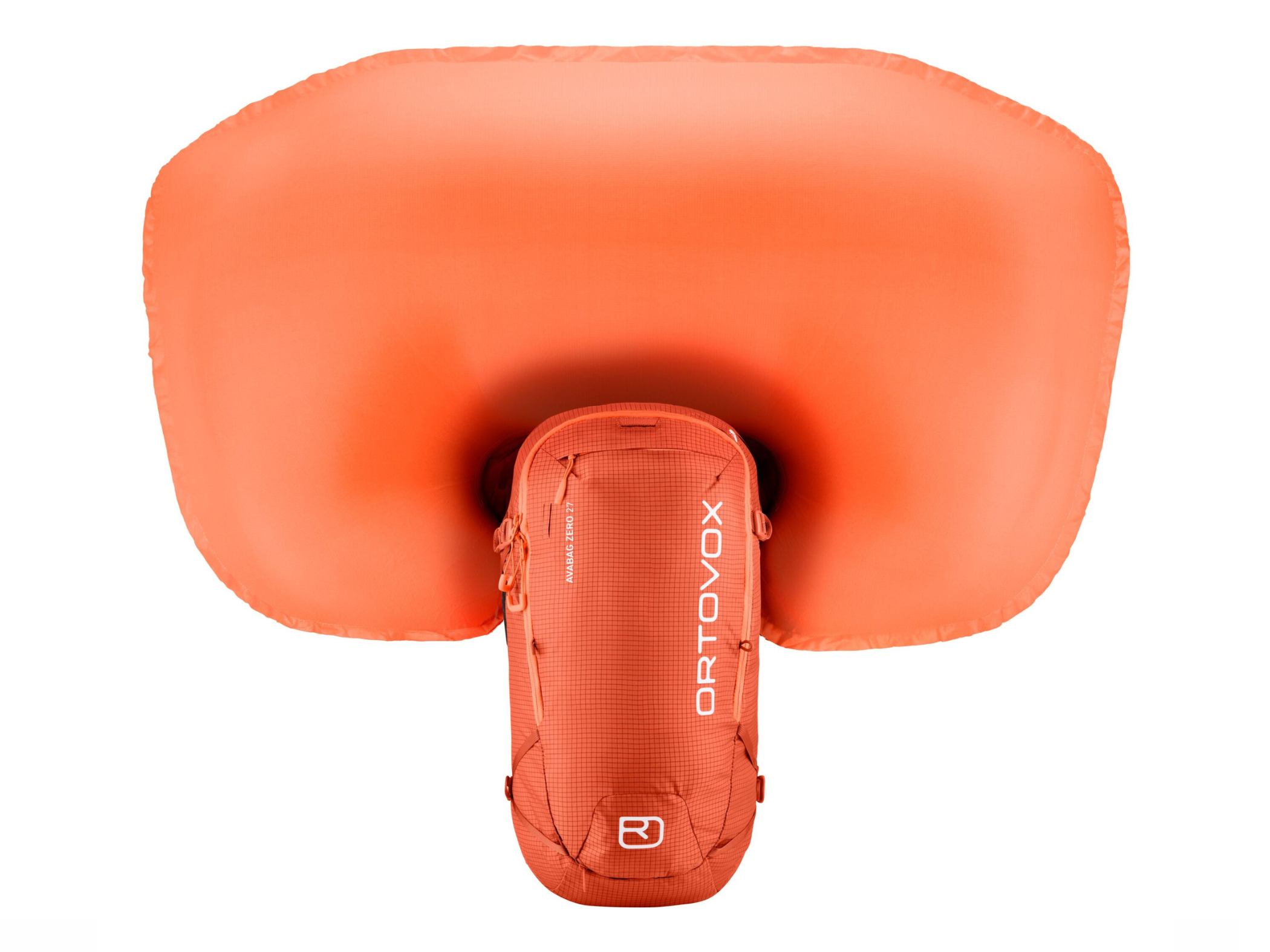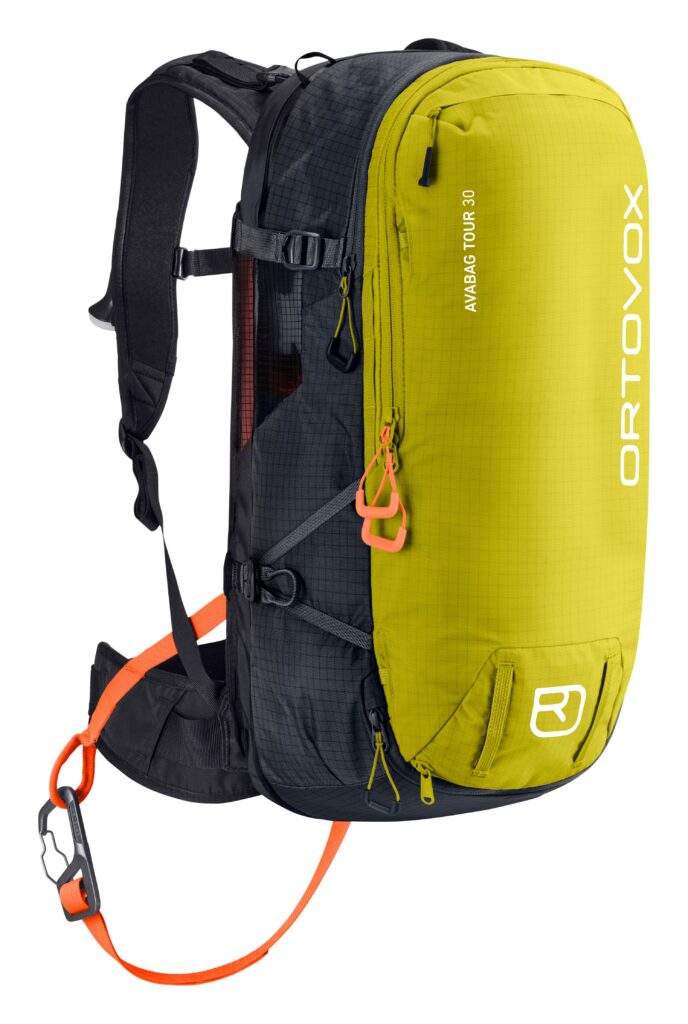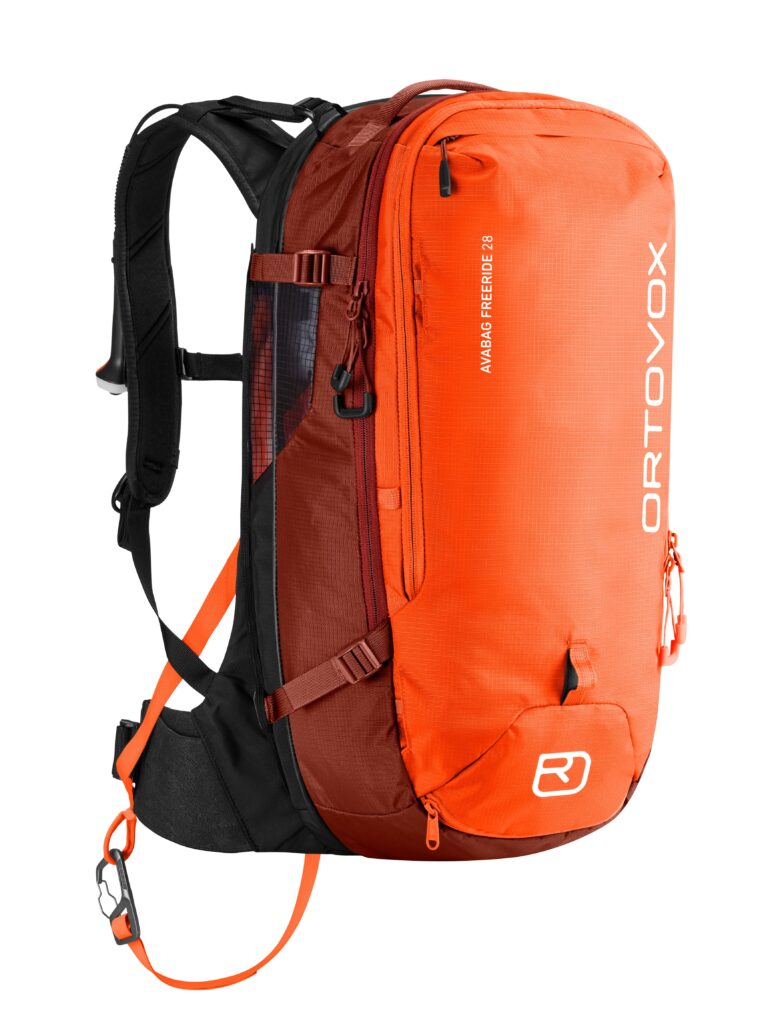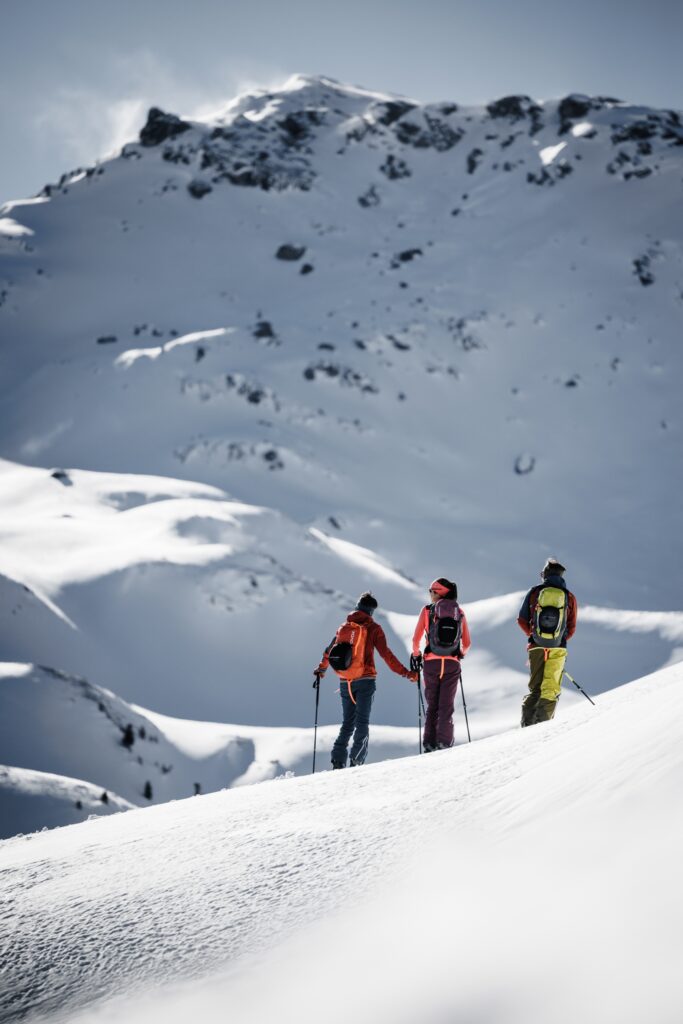Blowing Up in the Backcountry | The Ortovox LiTRIC Avalanche Bag
Sophie Nicholson meets Patrick Wesch, Product Manager at Ortovox, to find out more about the pioneering new LiTRIC electronic avalanche airbag system


Sophie Nicholson: For those who don’t already know, the LiTRIC is a new über-lightweight electronic avalanche airbag system that works with supercapacitators powered by a lithium ion battery. What are the main advantages of this kind of system?
Patrick Wesch: The advantages of an electronic airbag system are very extensive. It’s not only about the improved safety on the mountain, but it also offers multiple activations without reloading, so the activation itself can be tested – this opens completely new possibilities for training. The lack of a cartridge also means: more room, no weighing necessary, no cartridge disposal, no travel limitations. With all the options, however, we make sure to focus on the essentials. Electronics in an airbag backpack must not be complicated but should provide reliable and simple support.
SN: And what makes the LiTRIC different from other similar systems currently on the market?
PW: The LiTRIC product is a huge evolution in the segment of airbag systems, because it combines the benchmarks of all relevant areas. LiTRIC is the lightest electronic airbag system on the market and lighter than about 80% of all systems. Furthermore, LiTRIC is an optimally synchronised system in numerous safety features, such as the option of multiple activations, the ergonomic, height-adjustable activation handle or the reimagined hip belt and leg loop. The LiTRIC is ‘state of the art’ in numerous ease-of-use features, such as the combination of supercapacitors and a 25g lightweight lithium-ion battery that is designed to resist the cold.


SN: The new system is the result of a collaboration between yourselves and Arc’teryx. Can you tell us a bit more about how the partnership came about?
PW: Arc’teryx and Ortovox both have specialised development teams for airbag systems – that’s why we decided to work together in very close exchange. Developing the best product was more important to us than the usual competition and we immediately realised that we have very similar values and goals, and that together we can push forward innovation. The collaboration of the development teams started in 2018, so we have worked together on this project for about four years.
SN: Tell us about the joint build/research/testing process…
PW: It was team work from day one across the continents. Each team had experience and knowledge to bring into the project and it all started off with a team meeting over in Vancouver at the headquarters of Arc’teryx a couple of years ago. It was clear from the beginning that both brands and teams had a common understanding of the goal and mountain safety.
SN: Electronic devices and avalanche transceivers don’t tend to be the best of backcountry companions from a safety point of view. As an electronic airbag, does the LiTRIC have any potential to interfere with avalanche transceivers?
PW: The LiTRIC system has no negative effect on avalanche transceivers. As a rule, electronic devices must be at least 20cm from an avalanche transceiver if the latter is in transmit mode. In search mode this distance must be 50cm. The LiTRIC system does not have to be switched off during a search.
SN: On the subject of batteries, the LiTRIC’s lithium ion battery is impressively small and lightweight. How long will it last and how will users know it needs to be replaced?
PW: The battery is designed for lasting the whole lifetime of the product. The status of the LiTRIC backpack is visible to the user through our LED indication on the side of the pack, visible while wearing it. If there is an irregularity, the user would be able to spot it there. However, within our service department we are able to analyse packs that have an issue and we are also able to exchange batteries if necessary.
SN: Supercapacitators and batteries aside, there are heaps of other cool new features, including the height-adjustable activation handle, LED battery status display, and a new locking system that prevents accidental opening. Which of these features are you most proud of?
PW: The airbag itself, which no longer needs to be folded but HAS to be stuffed when packed. On the pack side we are extremely proud of the zip-on system that allows different pack volumes to be neatly and nearly invisibly attached to the base of the pack. That way you can decide to buy one base and then attach different pack sizes depending on your backcountry needs.
SN: On the subject of top features, the LiTRIC is the first airbag we’ve seen with a really well engineered leg loop. Tell us a bit more about the design of the leg loop and why it is so important?
PW: Without a leg loop an airbag is useless – in case you get caught in an avalanche the impact on your body will be that strong that the pack with the blown up airbag might just get torn off your body over your head. The leg loop is a crucial part of the airbag technology and will make sure that pack stays on your back. The carabiner was specifically designed to be handled with gloves and clips super easily to the hip belt.
SN: And finally, how can skiers get their hands on the new LiTRIC system this winter?
PW: Ortovox will offer three different pack lines: Avabag LiTRIC Tour, Avabag LiTRIC Freeride and Avabag LiTRIC Zero. The Tour line offers various pack sizes (30 and 40L, each with also smaller versions for short back lengths) and was specifically designed for tourers. It can easily be adapted to your needs with two tour-specific zip-on bags: from a quick tour in the morning to single or multi-day trips.
The Freeride series offers a pack that has been specifically designed for backcountry skiing. Again, two different bags can be zipped to the respective back length (short or regular), so you can choose between a compact variant for quick runs off the lift or for long days in the backcountry. Both Freeride and Tour base are compatible with Tour and Freeride bags and vice versa.
Finally, the Avabag LiTRIC Zero is a total minimalist with just under 2kg weight. It offers a volume of 27L and provides enough packing space for tours and everything you will need if you are counting every gram.

